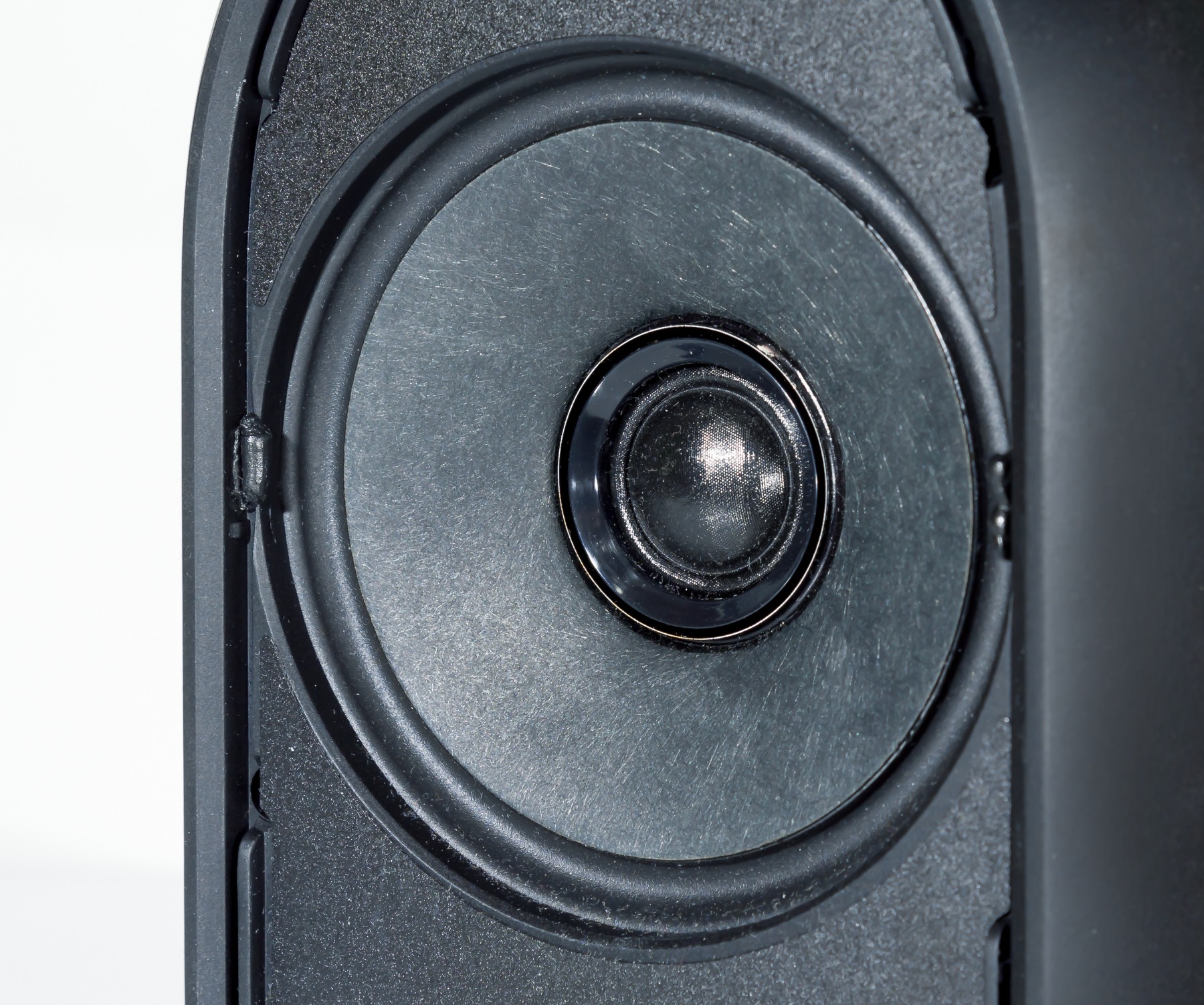Hiss isn't generated in the speaker*, it is generated in the signal chain feeding the speaker. Powered speakers put some of this chain inside the speaker cabinet. These speakers are silly cheap. The hiss is a reflection of the quality of the amplifier they used. You could just as easily get a passive speaker that hissed if you fed it from a noisy amplifier and signal chain. Try pricing up even the cheapest passive speakers plus an amplifier. These various powered monitor speakers are astounding for their price. The 104's are probably pushing price as hard as you can reasonably go an still retain performance. Every single design element will have been balanced for price/performance. This is where having a big company with high end design and testing capability, and in-house manufacture of drivers wins. They have to make calls on the balance, and noise perfomance is going to be one of them. Class D amplifiers can be a noisy problem, but it may be a case of taking some noise, or not being able to make the price point. Eventually the market decides if you got it right.Why is this hiss so common with powered monitors, but not with passive speakers?
*Ignoring thermal noise in the voice coil, which is so far below hearing threshold to be essentially non-existent.

